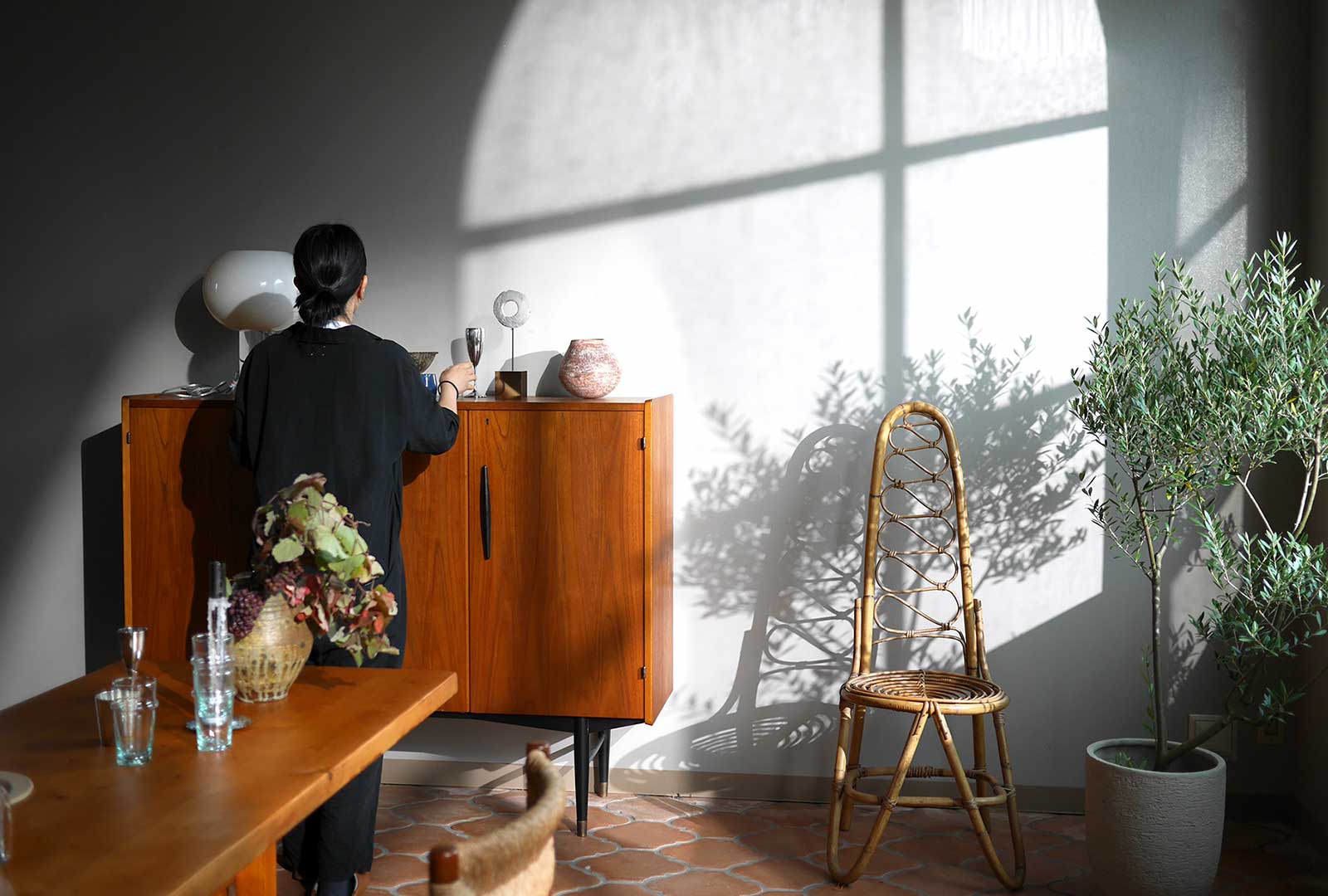IDÉE - New Direction #7 - Midsummer 2024
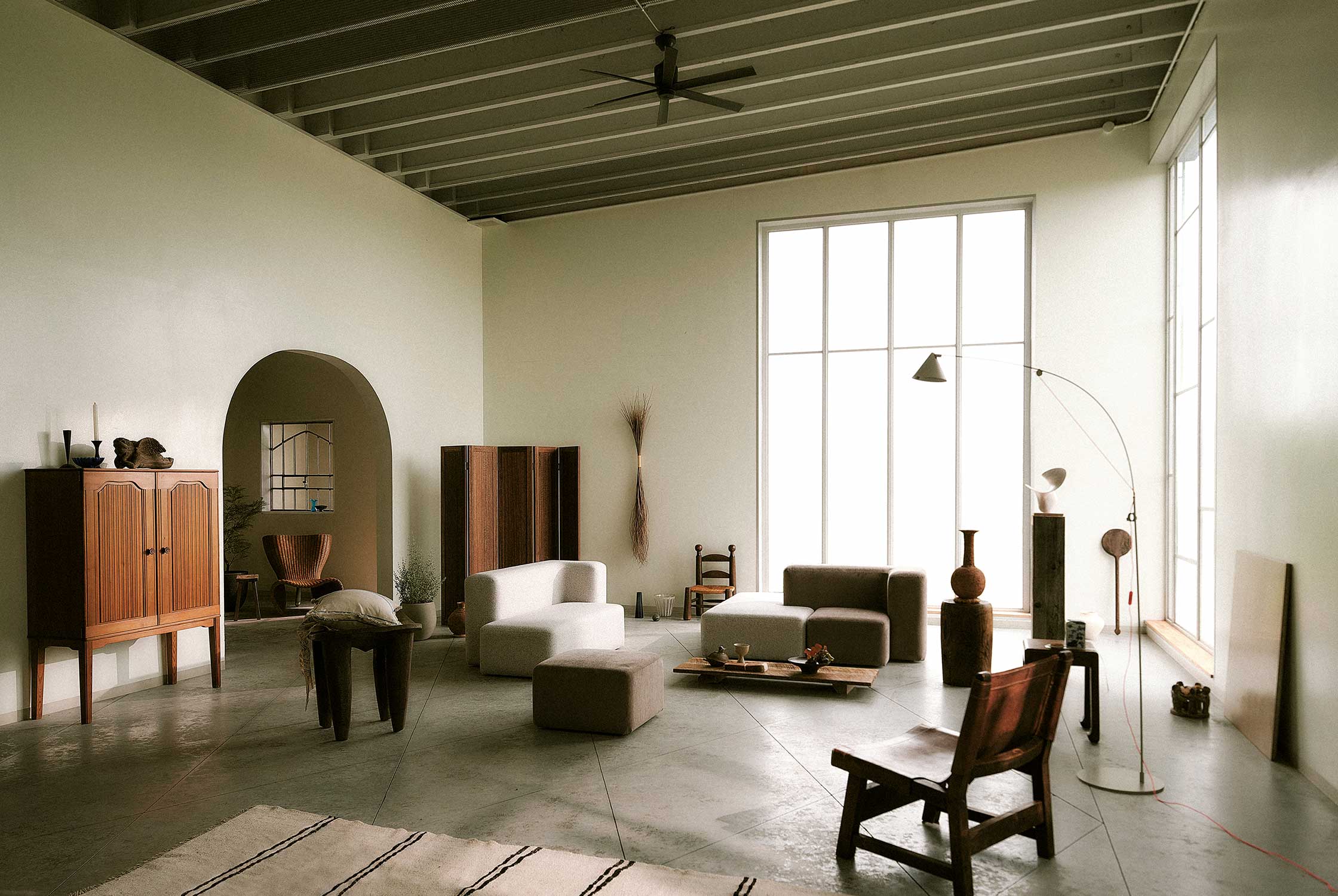
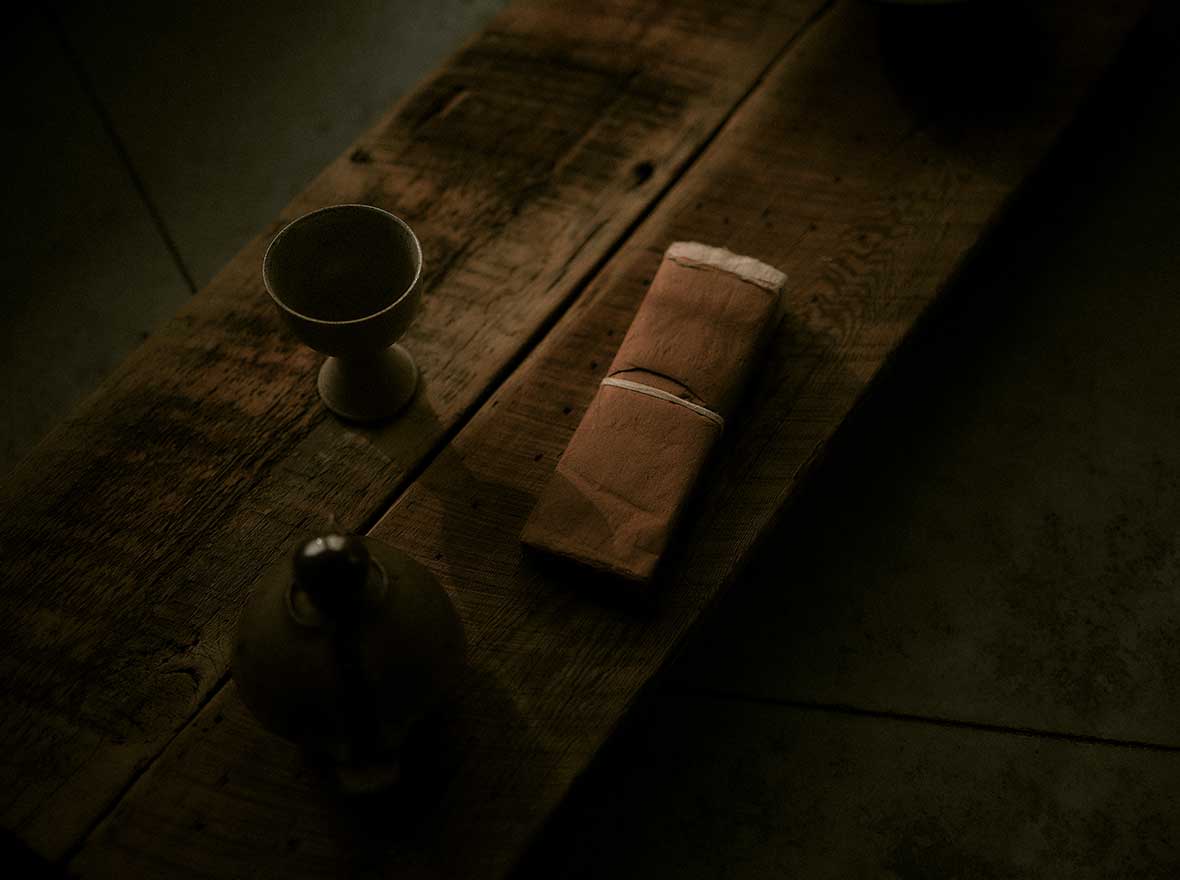
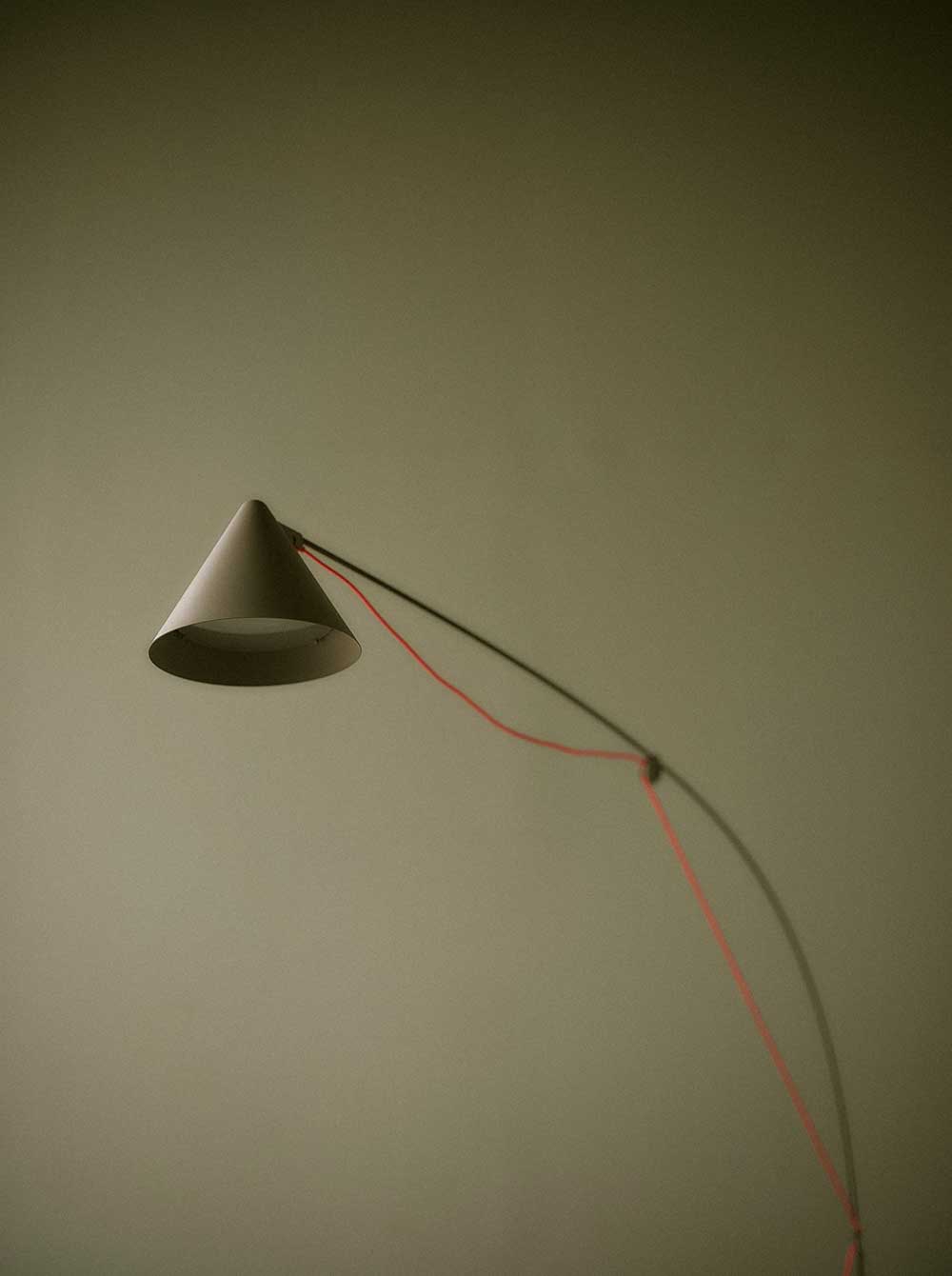
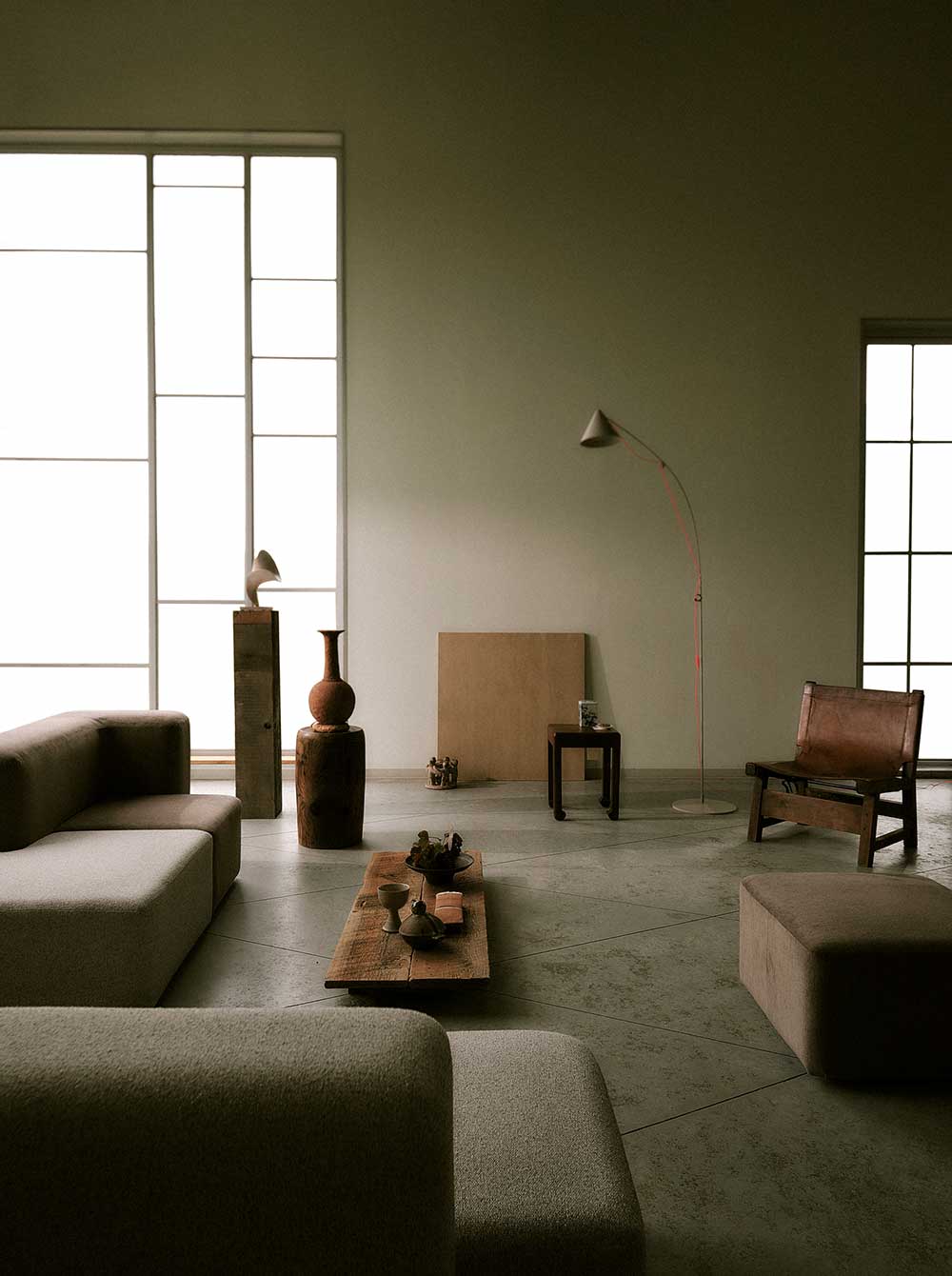
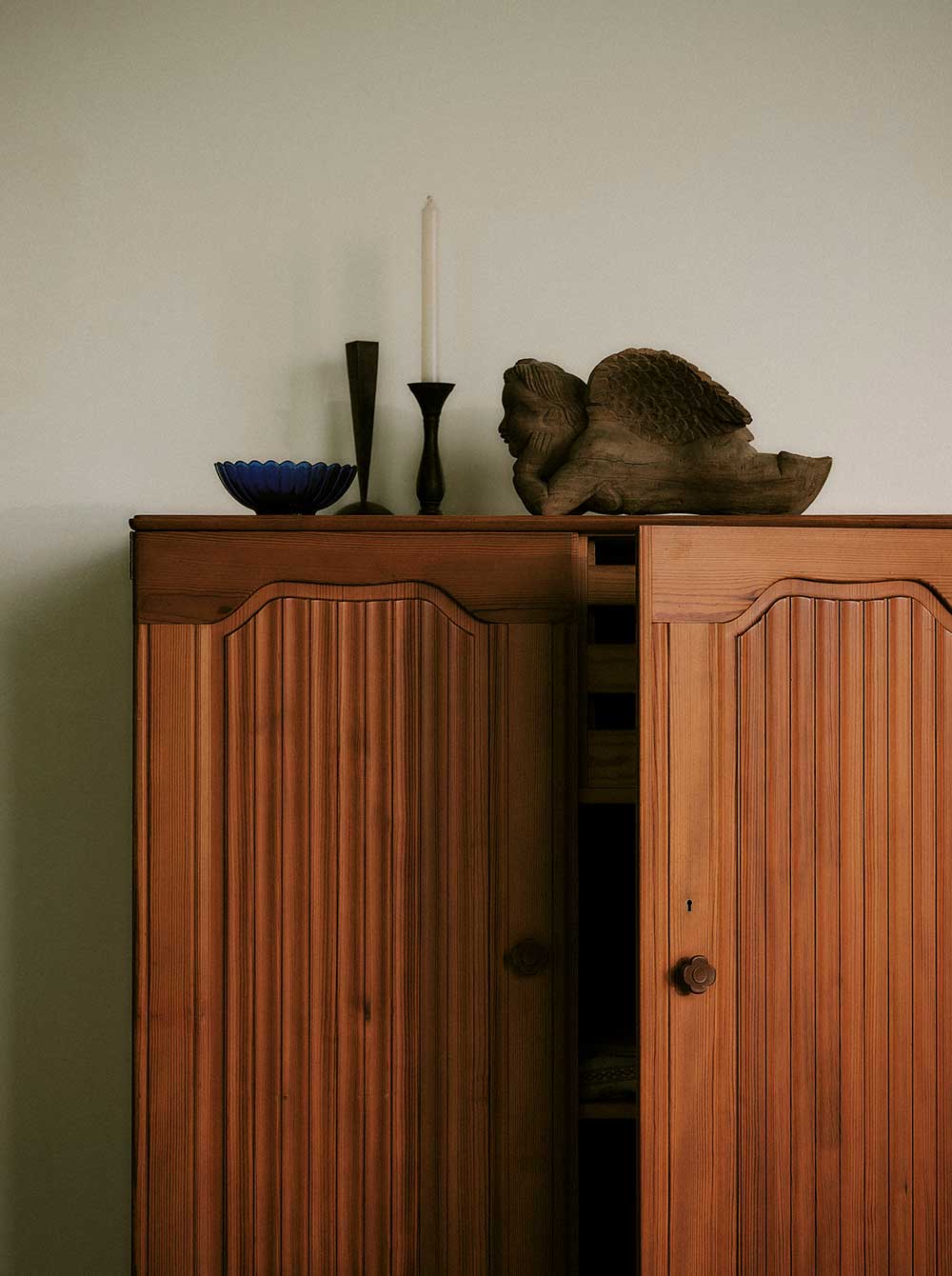
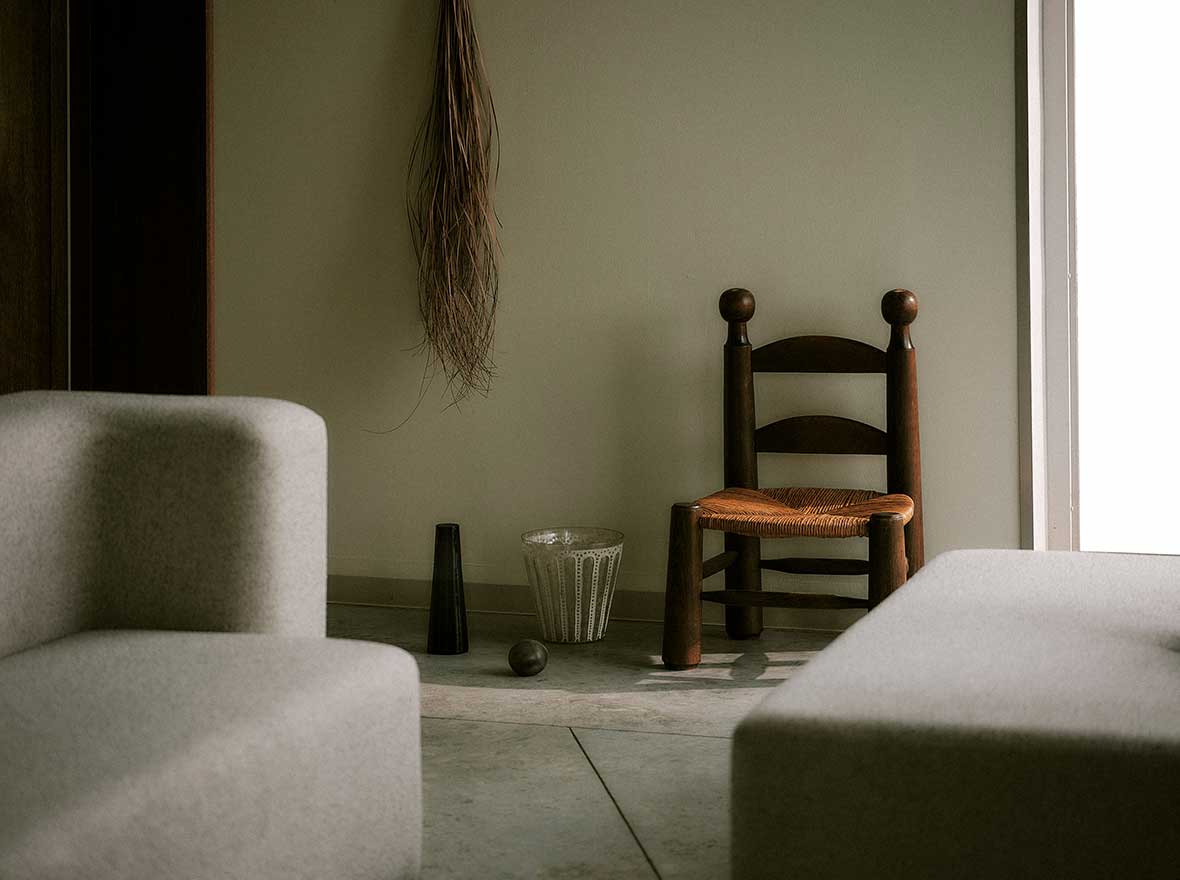
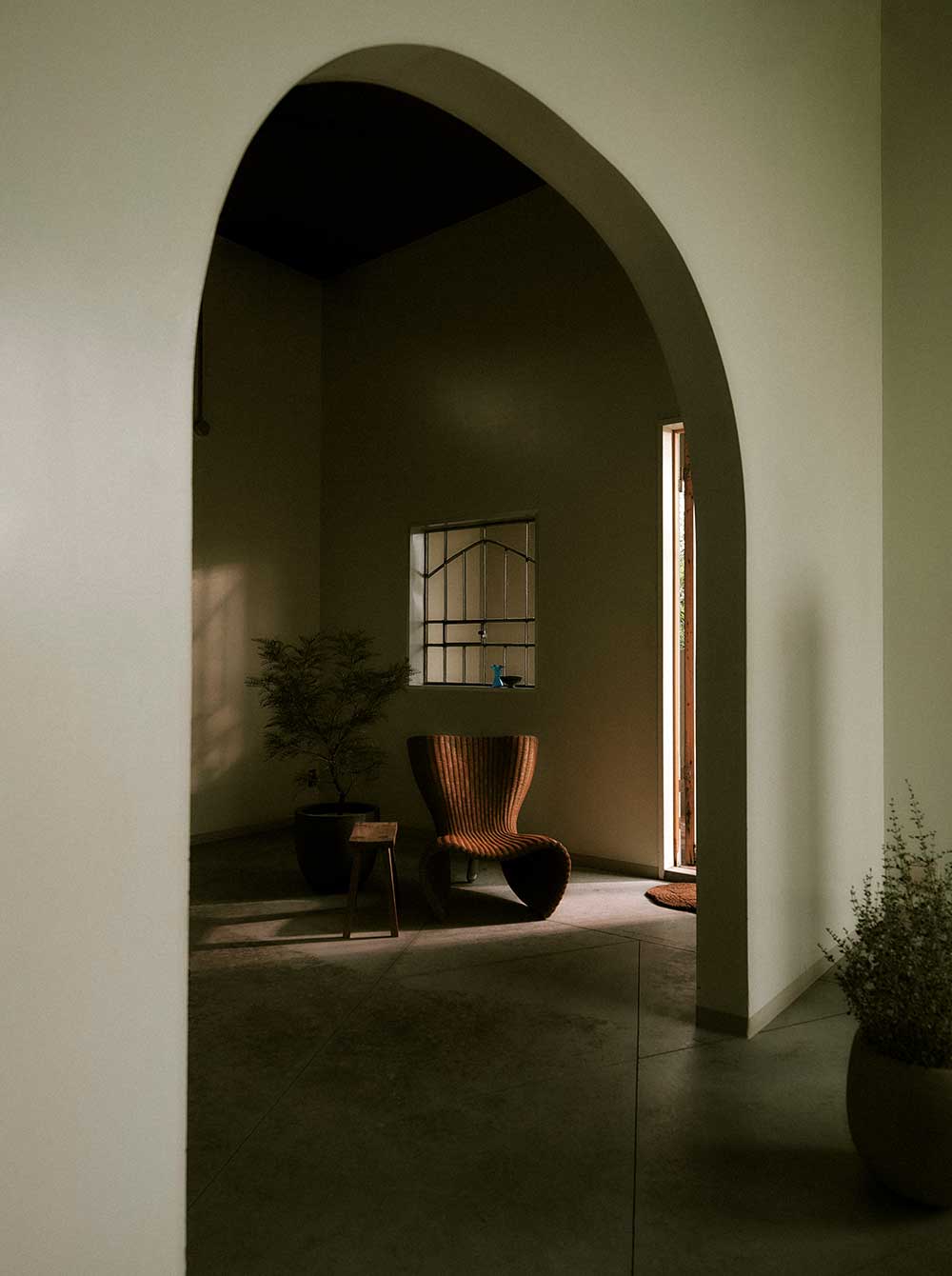
「北と南」「エスプリとプリミティヴ」「伝統と進化」
さまざまなアイデンティティーが行き交い、時にぶつかりあいながら
多彩な文化が育まれてきた、地中海に面する街。
漆喰の壁、藁やラフィアで編まれた軽やかで素材感のある照明や籠、 民族のハンドクラフト、土着的なフォークアートとコンテンポラリーアート。
自然との一体性、豊富な資源や移ろいゆく歴史に培われてきたスタイルは、 これからの私たちの暮らしに新たな発見や気づきを与えてくれる。
North and south. Modern and primitive. Tradition and evolution.
As various identities come and go, occasionally contrasting one another,
diverse cultures are born in this town by the Mediterranean.
Plaster walls, lightweight and textured lighting and baskets woven from straw and raffia, folk handcrafts and artworks, and contemporary art.
Style cultivated through being at one with nature, abundant resources and layered history, can provide new discoveries and inspiration within our daily lives.
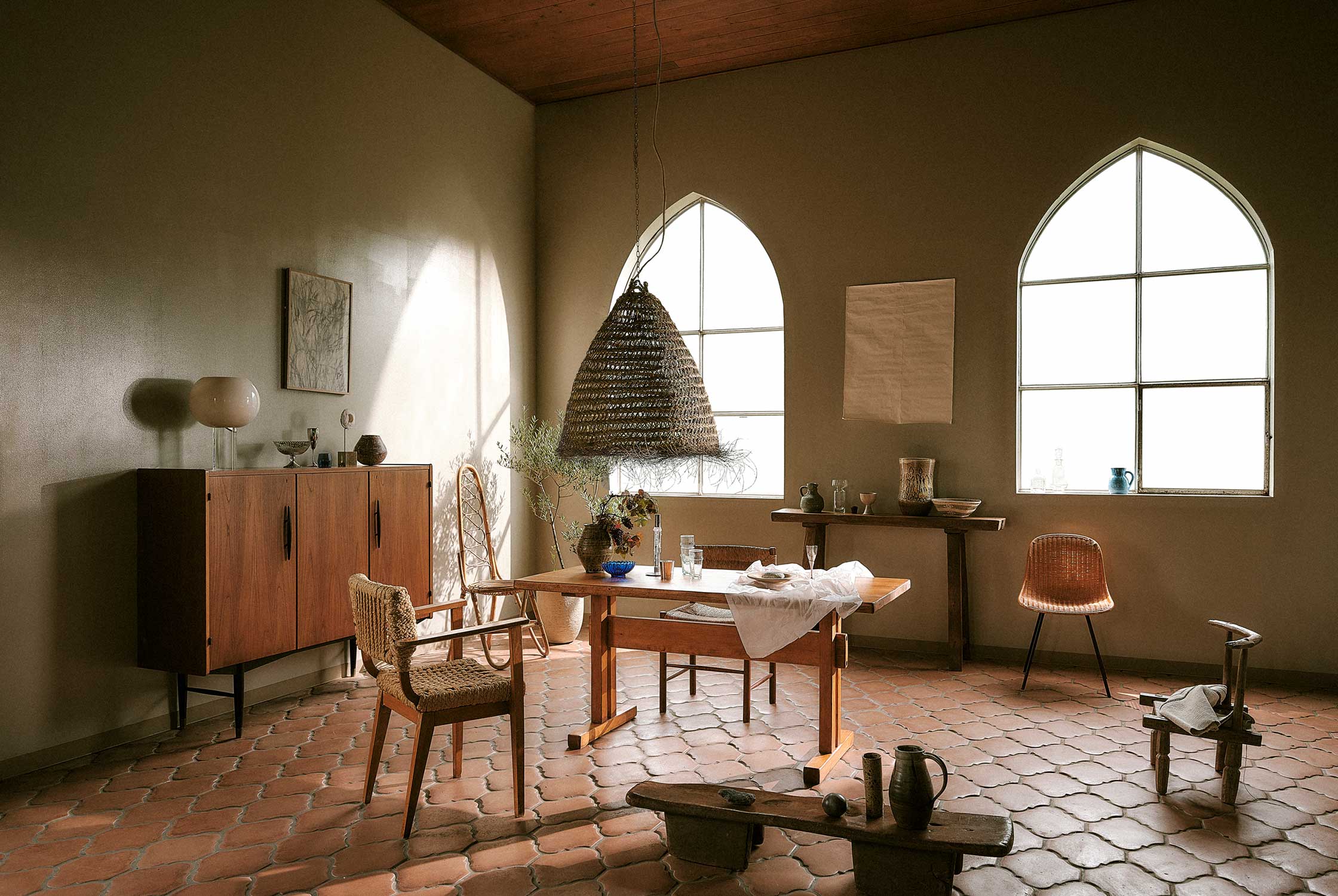

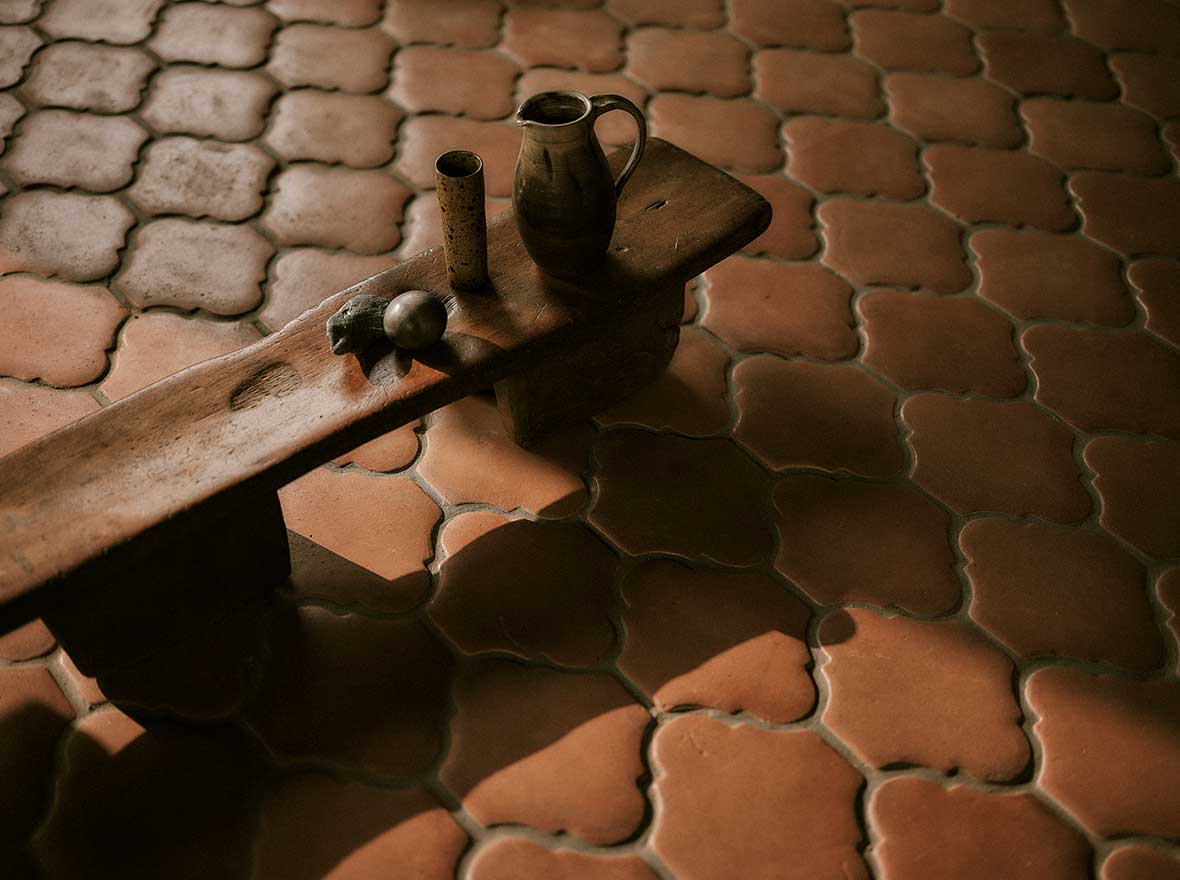
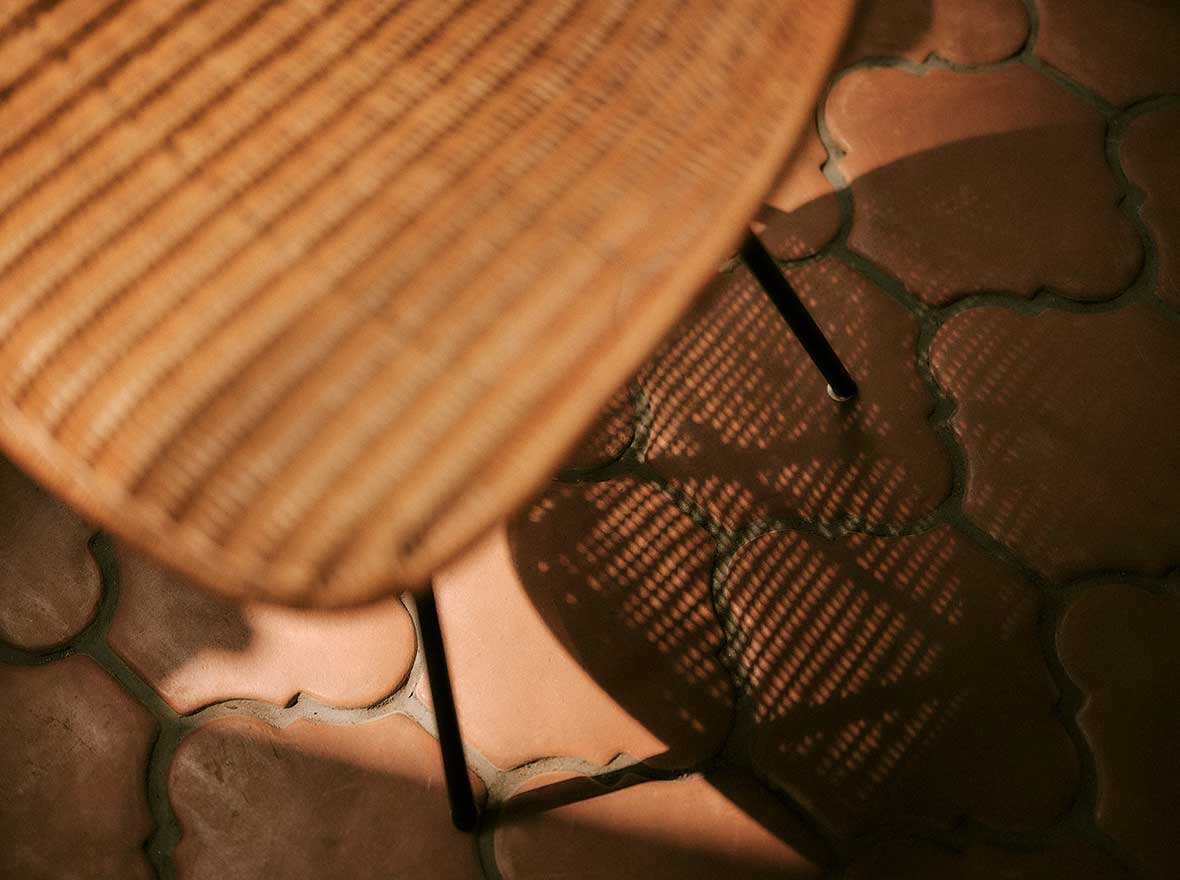
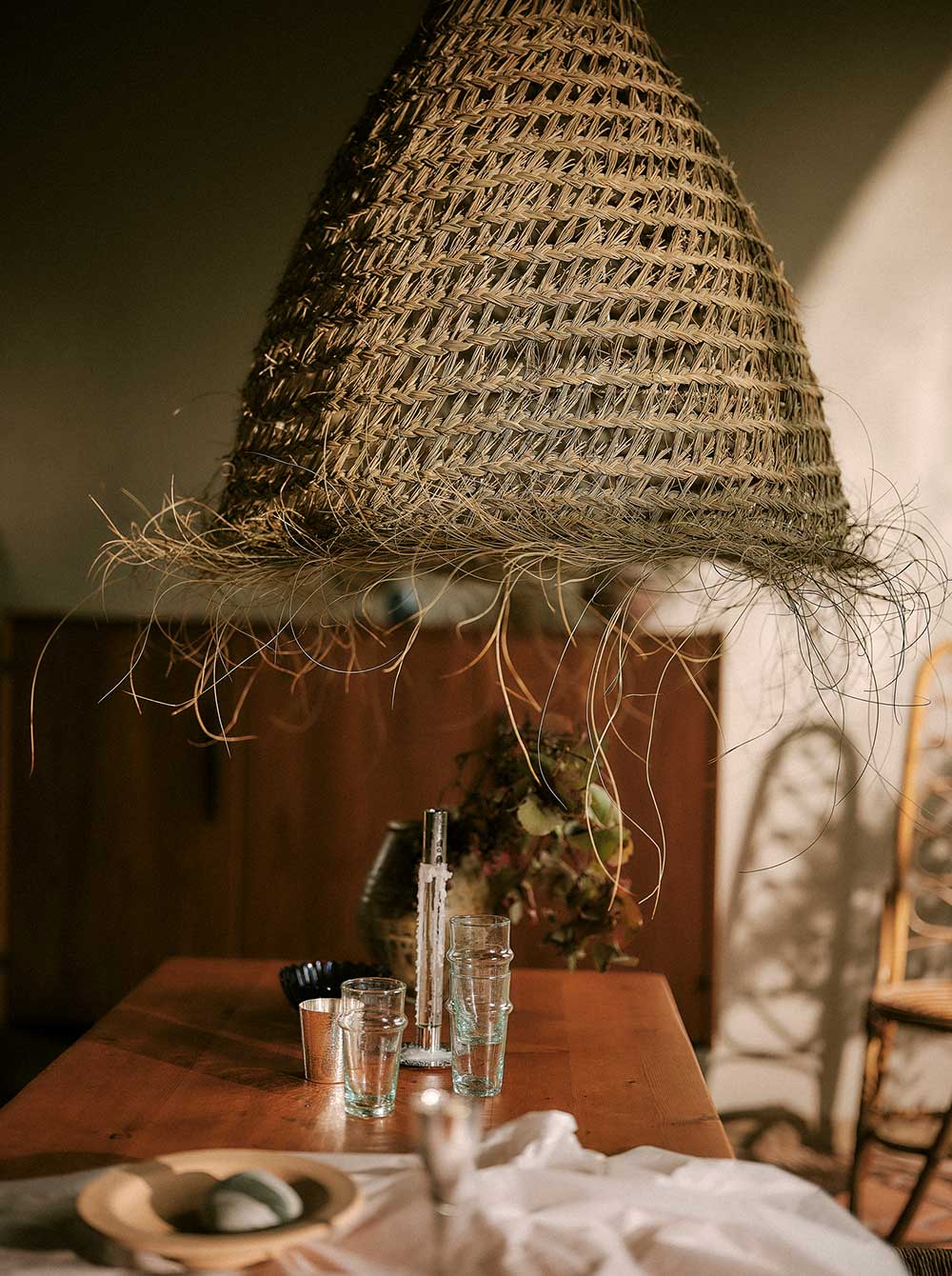
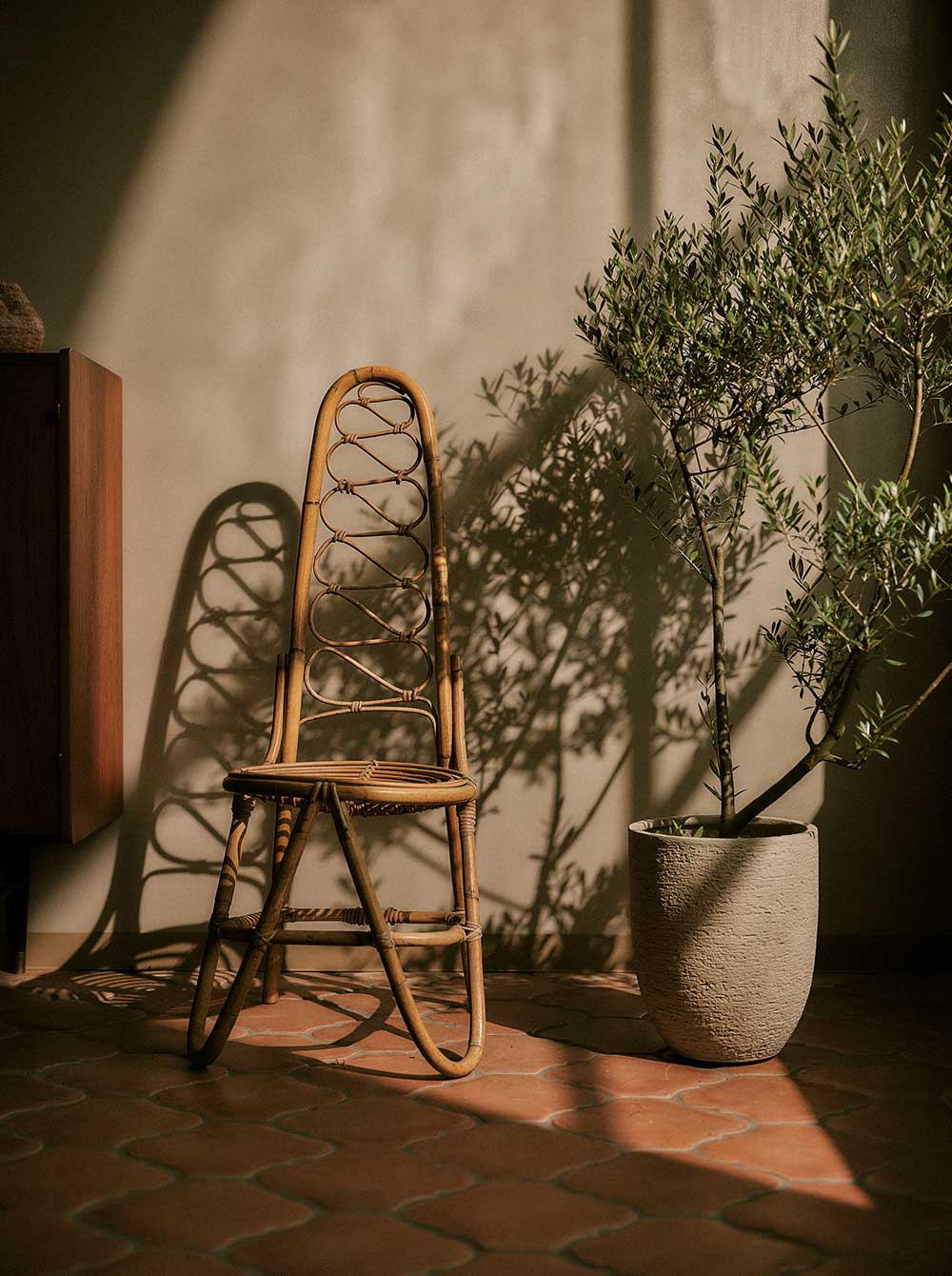

IDÉE - New Direction #7 - Midsummer 2024
大学卒業後インテリア会社にて8年勤務。ショップディスプレイ、コーディネート提案など幅広く活躍。スタイリスト師事後、2019年より本格的にインテリアスタイリストとして独立。衣食住を中心としたライフスタイルについて、独自の感性を生かしたスタイリングを雑誌やWEB、広告など多数提案している。
After graduating from university, Nakano worked for eight years at an interiors company where she was involved with shop displays, coordination and a range of activities. After training as a stylist, she began her career as an interior stylist in 2019. Based on the necessities of life, food, clothing and shelter, she draws on her unique sense to create styling for magazines, web media, advertorials and various other platforms.
1985年 大阪府生まれ。2013年 出版社に勤務。2018年 独立。
主にファッション、ポートレイト、風景、静物などの撮影を手がける。
Born in Osaka in 1985. base in Tokyo. 2013 worked at a publishing company.Started working as a photographer in 2018.
He works mainly fashion,portraits,landscapes and still lifes. a documentary-style approach.
中野真季さんはインテリア会社勤務ののち、スタイリストとして独立。ライフスタイルについて幅広く提案をしている。今回スタイリングを担当してくださった中野さんに、イデーのアートディレクター・森本が話を聞いた。
After working at an interiors company, Maki Nakano began work as a stylist. Involved in a wide range of lifestyle projects, Nakano undertook the styling for this shoot and later sat down for an interview with IDÉE art director Naoki Morimoto.
今回のスタイリングで、私たちは余白感や美術的な部分を期待していたのですが、想像を超える素敵なシーンを作っていただいたなと思っています。中野さんがスタイリングをする上でのテーマや哲学があれば教えていただけますか?
中野:毎回必ず、自分の中で軸になる物語を作っています。今回の場合は#1のフランスからさらに南の方に下りてきたという地理関係や、インドネシアの家具もあるということを伺った上で、文化のぶつかっているポイントや宗教の始まりなどを絡ませて表現できたらなと思いました。例えば日本だと横長のキャビネットが主流ですが、ここでは縦長のものやさまざまなアイテムでその国のイメージを出せるように注意してスタイリングしました。
For the styling of this shoot, our aim was to create a sense of blank space and artistic expression, but the final scenes completely exceeded our expectations. What was the theme or philosophy behind your styling?
Nakano: I always build a story in my mind that becomes central to the styling. In this case, I heard about the geography, situated south of France, and that there was furniture from Indonesia, so I thought it would be good to express the clash of cultures and involve the origins of religions. For example, horizontal-oriented cabinets are common in Japan, but we chose to use tall ones instead, paying attention to how the styling could be used to produce an image of a given country.
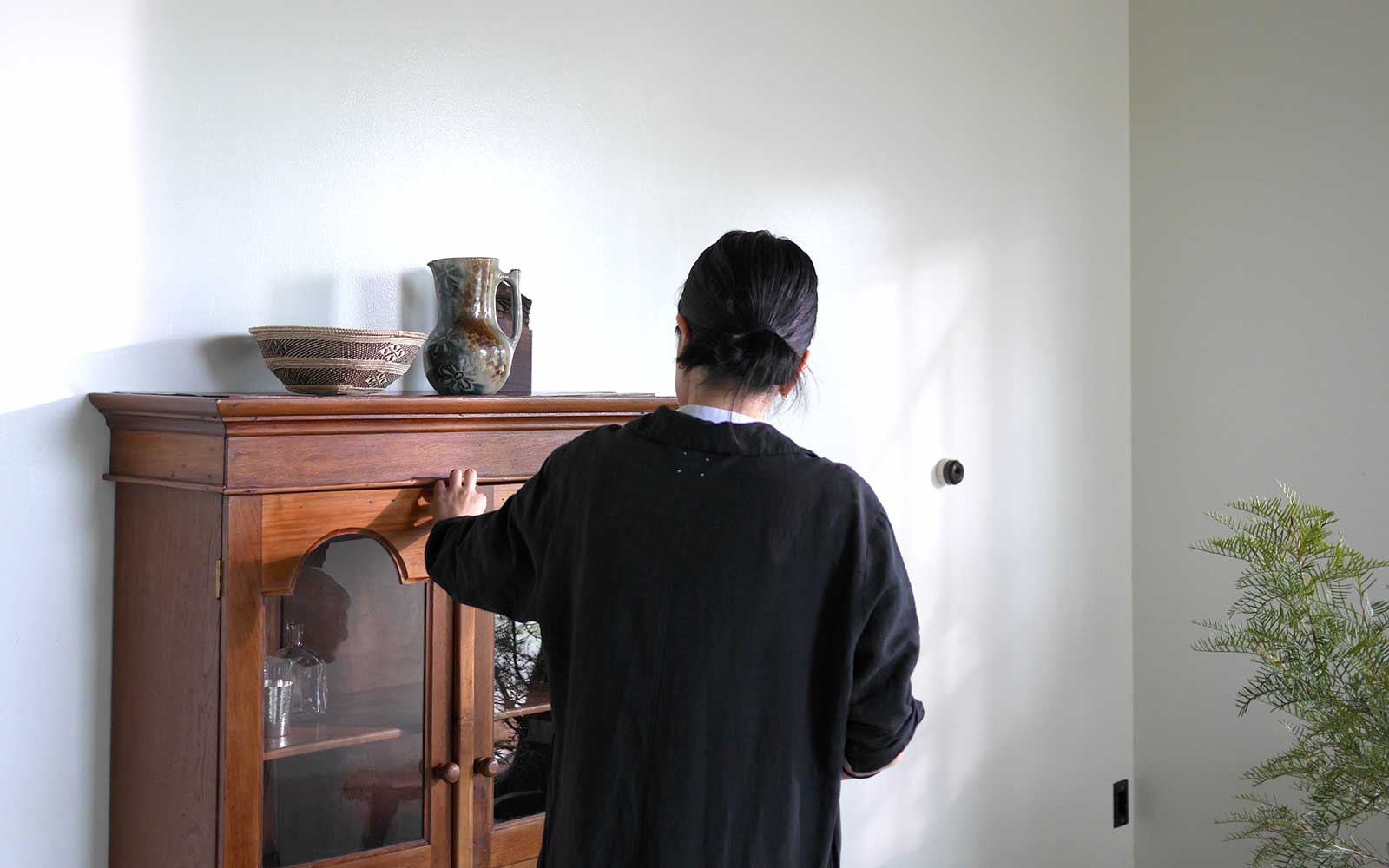
ディレクションテーマが異文化の交差点、地中海文化を想定していて、キリスト教やイスラム教、ベルベルなどいろいろな文化や宗教が混じり合って、また衝突して生まれるものの面白さが表現できればと思っていましたが、このテーマをお聞きになったときはどんな印象でしたか?
中野:個人的にいろいろな宗教が交わるっていうところにはすごく興味があって、今回のお話をいただく前から、どういう始まりでキリストが生まれて、そこからどう派生してこんなにたくさんの宗教が出てきているのだろうというのを調べたりしていました。
そうなんですね!すごい偶然!
中野:その中で、友人から全ての始まりは宗教で成り立っているということを聞いて、そこから派生して建築や、建物の様式も宗教性に沿っていたり、そういった背景を私もいろいろ調べていたようなタイミングだったので、お話を伺ったときにすっとイメージが湧きました。
偶然にも自分が調べていたエリアとも合致していて、これまで自分自身がスタイリングしてきたものとはまた違うものができたらいいなと思っていましたので、今回それが実現して嬉しい気持ちです。
初めは今回の撮影がどういうテーマか分からなかったので、過去のコンテンツを見ながらドキドキしていました(笑)。
そういった背景をお持ちだとは全く知らなかったので、タイミングがぴったり合って良かったです! アイテムの配置やアクセントの入れ方など、スタイリングのポイントやこだわりを教えてください。
中野:リビングシーンでは当初、ソファはソファとして存在させて周りを作っていこうとイメージしていたのですが、実際に配置していく中で、SALON SOFAのブロックのようなデザインの特徴を活かして、島のように規則的に配置することをふと思いつきました。そうするといろいろなものが配列的になり、部屋といった感じからは遠くなってしまったかもしれないのですが、自分の中の規則で配置していきました。
リビングが規則正しくっていうところがあったので、ダイニングシーンはそれとは変わった規則で、例えばダイニングテーブルの近くに低い台があったり、普段の生活にはないような少しアート寄りのイメージを持ちながら組んでいきました。インドネシアの一人掛けの椅子もそうですけど、普通じゃないところに置いてみたくなって。
The theme was the intersection of different cultures, which brought to mind Mediterranean culture, so I thought it would be interesting to mix various cultures and religions, such as Christianity, Islam and Berber, and express what happens when they collide. When you heard the theme, what were your impressions?
Nakano: Even before the shoot, I was really interested in the intersection of all kinds of religions, looking into what led to the birth of Christ and how so many religions evolved from there.
Is that so! What a coincidence!
Nakano: A friend said to me that everything starts with religion, and that architecture and building styles grew from there in relation to religious themes. I had been looking into that, so when we started discussing this shoot, an image immediately came to mind.
The theme aligned with my areas of interest and I had been wanting to create something different to my previous styling work, so it was great to turn it into reality.
I didn’t know the theme at first, but grew excited as I looked through the previous shoots [laughs].
I had completely no idea, so it’s great that the timing worked out so well!
When it came to arranging items and adding accents, what were some of your key styling points and preferences?
Nakano: The living room scene started out with the idea of a sofa in its usual form and then building the image around that, but once the sofa was in place, I came up with the idea of using the SALON SOFA’s block design to create an island-like formation. This led to the arrangement of all kinds of things and while it may feel less like a room, I organised everything according to my own rules.
For the dining scene, I wanted to create something different to the orderly nature of the living room, for example, placing a low stand near the dining table and incorporating a slightly more artistic feel than would usually be found in everyday life. With the Indonesian single-seater chair, I wanted to place it in an unusual location.
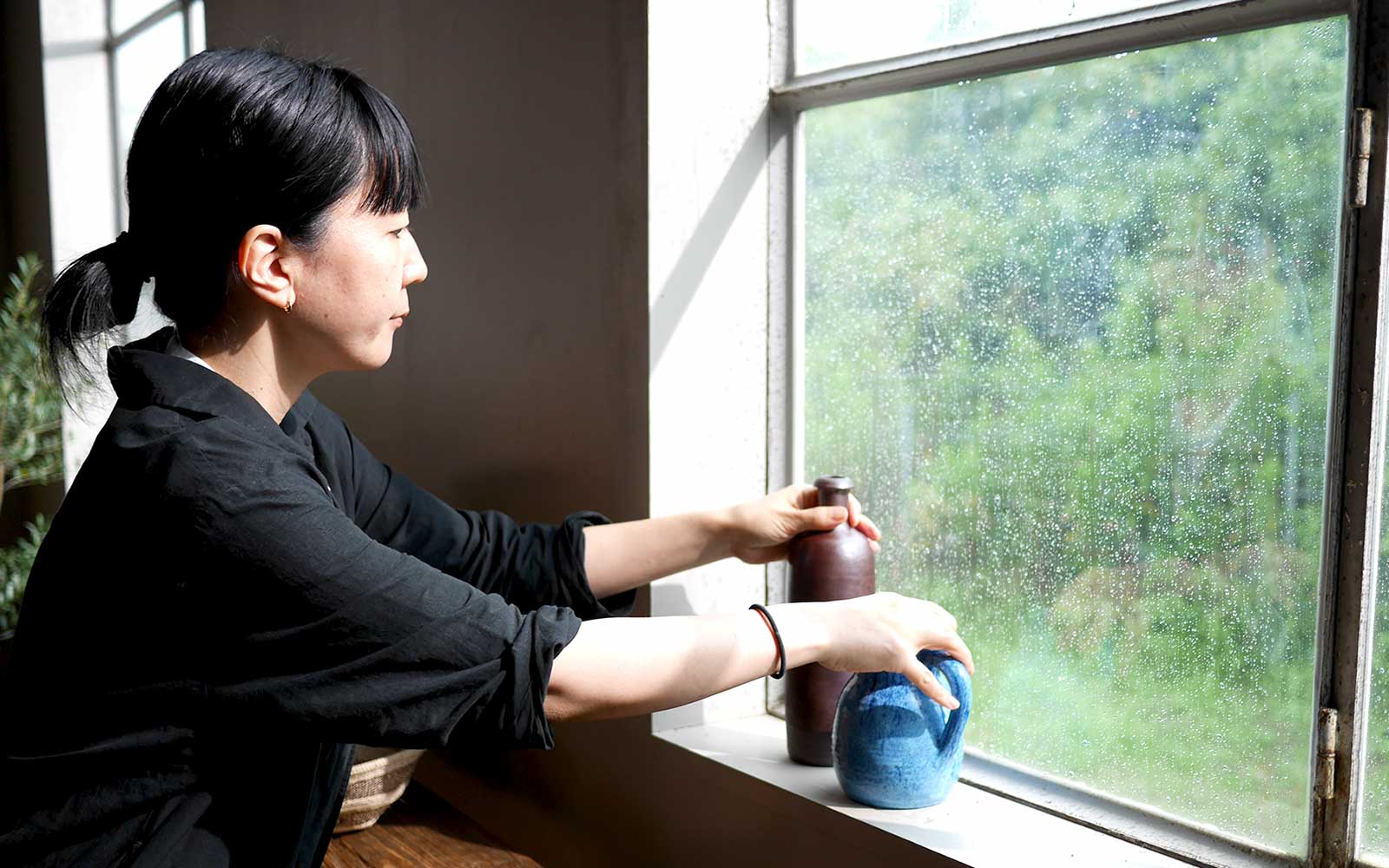
確かにちょっと非現実的な配置で、面白いなと思います。
中野さんのお好きなカルチャーやアート、影響を受けている人やものがあれば教えてください。
中野:ミニマルアートがすごく好きで、特にブリンキー・パレルモという方の配列などに影響を受けているかもしれません。カール・アンドレやドナルド・ジャッドもそうですけど、素材や物体の連続性や幾何学的なものに惹かれますね。
それと写真集はかなり見ています。特にいろいろな国の建築物の写真ですね。中でもフランソワ・アラールが撮っている実際の住まいの写真は、スタイリングされてないリアルを見るにはすごく勉強になった写真集でした。あとはGoogle mapでストリートビューしてみたりとか、気になるギャラリーや美術館にはよく足を運んで、そこから気になったことをまた調べたりしています。
音楽のジャンルではアンビエントが一番好きです。余白感のあるものっていうのが、すごく自分が心地よいと感じるものなので、ただ音が流れているとか、空調のカチカチみたいな音とかも聞いているとすごく心地良かったりします。
スタイリングをみても余白を大事にされているなというか、コンポジションをとても意識されているなって。
中野:そこは意識していますね。
アンビエントもミニマルといえばミニマルですし、ストイックなものがお好きなのですね。
今回はまさにそういったイメージを欲していたので、その意味でもぴったりでした。
中野:それは良かったです!嬉しいです。
It is a somewhat unrealistic arrangement, but I think it’s quite interesting.
What kind of art and culture do you enjoy, and are there any people or things that have influenced you?
Nakano: I really like minimal art and you could say that I have been influenced by the artist Blinky Palermo. The same can be said for Carl Andre and Donald Judd; I’m drawn to geometric works and the continuity of materials and objects.
I often look at photo books, especially photos of architecture and different countries. Among them, I learnt a lot from François Halard’s images of homes and their real, unstyled arrangements. I also use the Street View function on Google Maps and visit galleries and museums of interest, researching the different things I’m curious about.
My favourite musical genre is ambient. The sense of blank space is really comforting to me, even listening to sounds or something like the noise of an air conditioner can make me feel at ease.
Looking at your styling, it seems that you value the sense of blank space and are also really conscious of composition.
Nakano: That’s right, I certainly am.
Ambient can also be said to be minimal, and it seems as though you also like stoic things.
That was the kind of image I was seeking this time around, so it was just the right match.
Nakano: That’s great! I’m glad to hear that.
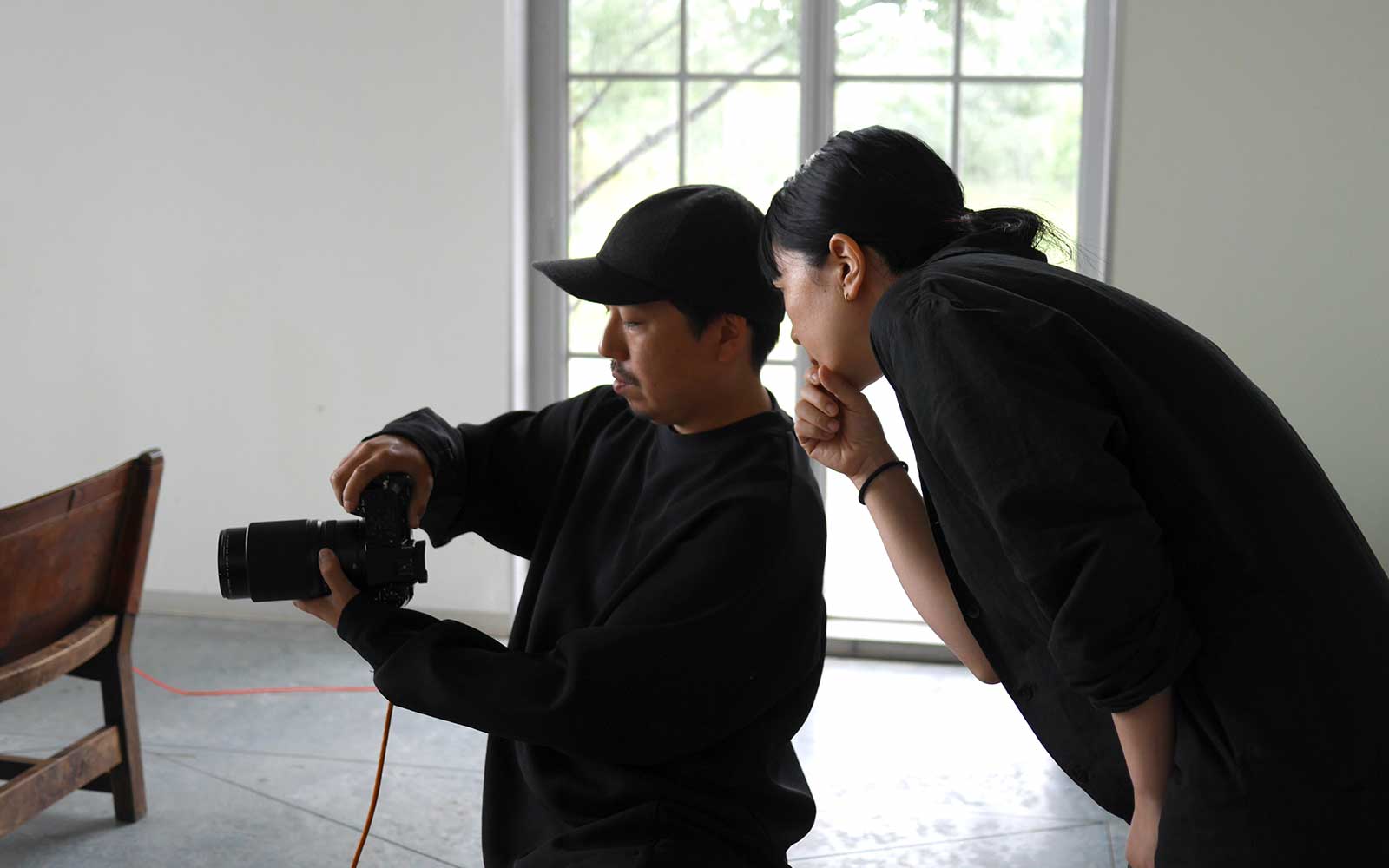
カメラマン・嶌原さんは、以前中野さんがご一緒されたことから、今回ご紹介いただきました。
嶌原さんにはどのような印象をお持ちでしょうか?
中野:嶌原さんはすごく感性の人っていう風に思っていまして。前回もそうだったんですけど、事前にこういうのを撮りますよといったことは話してなくて、その場その場で作ったもので、私としてのポイントはここですっていうのは伝えつつ、でも嶌原さんの視点でそれを流れるように切り取ってくださるのです。それがやっぱりすごく自分ともやり方が合うなっていうのがあったので、その場その場でこれとこれちょっとやってみようだったりとか、ちょっとこれを変えてみようかなとかっていう方法・方向が近しい方で、そういう感じでどんどんやってくれるだろうなっていうイメージがあったので今回お願いしました。
イデーについてのイメージを聞かせてください。
中野:ミニマルでありつつ生活に寄り添う、そこを繋いでくれるような家具を扱っているなっていうイメージがあります。社内でスタイリングを完結されているのも、いつもすごく気になって見ているところです。またいろいろなライフスタイルを紹介しているLIFECYCLINGも、これが始まった頃って、自宅に取材に行ってあんなにたくさん部屋の写真と言葉で紹介しているコンテンツはなかった気がするので、いろいろなものの始まりを作っているというイメージを持っていました。
The photographer, Shimahara-san, joined this shoot through your introduction. What are your impressions of him?
Nakano: Shimahara-san is someone with a strong sensibility. Just like the last time we worked together, there were no discussions about the shoot in advance, instead we worked intuitively: I pointed out the key elements and he connected them from his own perspective. That method of working is a good match for me, trying things there and then, making some adjustments and so on, which is why I wanted to work together on this shoot.
What is your image of IDÉE?
Nakano: Furniture that is minimal yet fits comfortably into your way of life. I am always interested in how the styling is done in-house and when Lifecycling was launched, there weren’t many other places with images and texts about so many homes, so I feel that IDÉE has been a pioneer in various ways.
